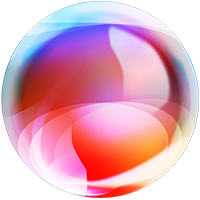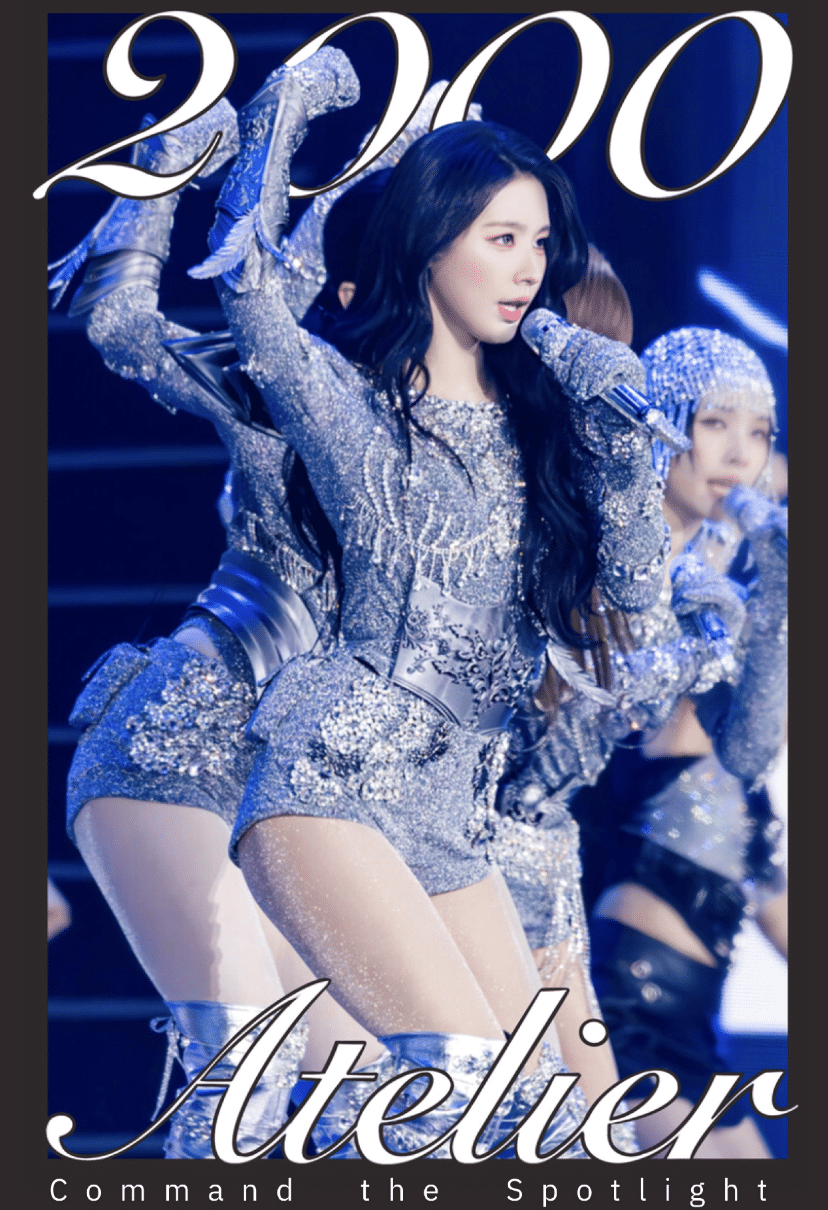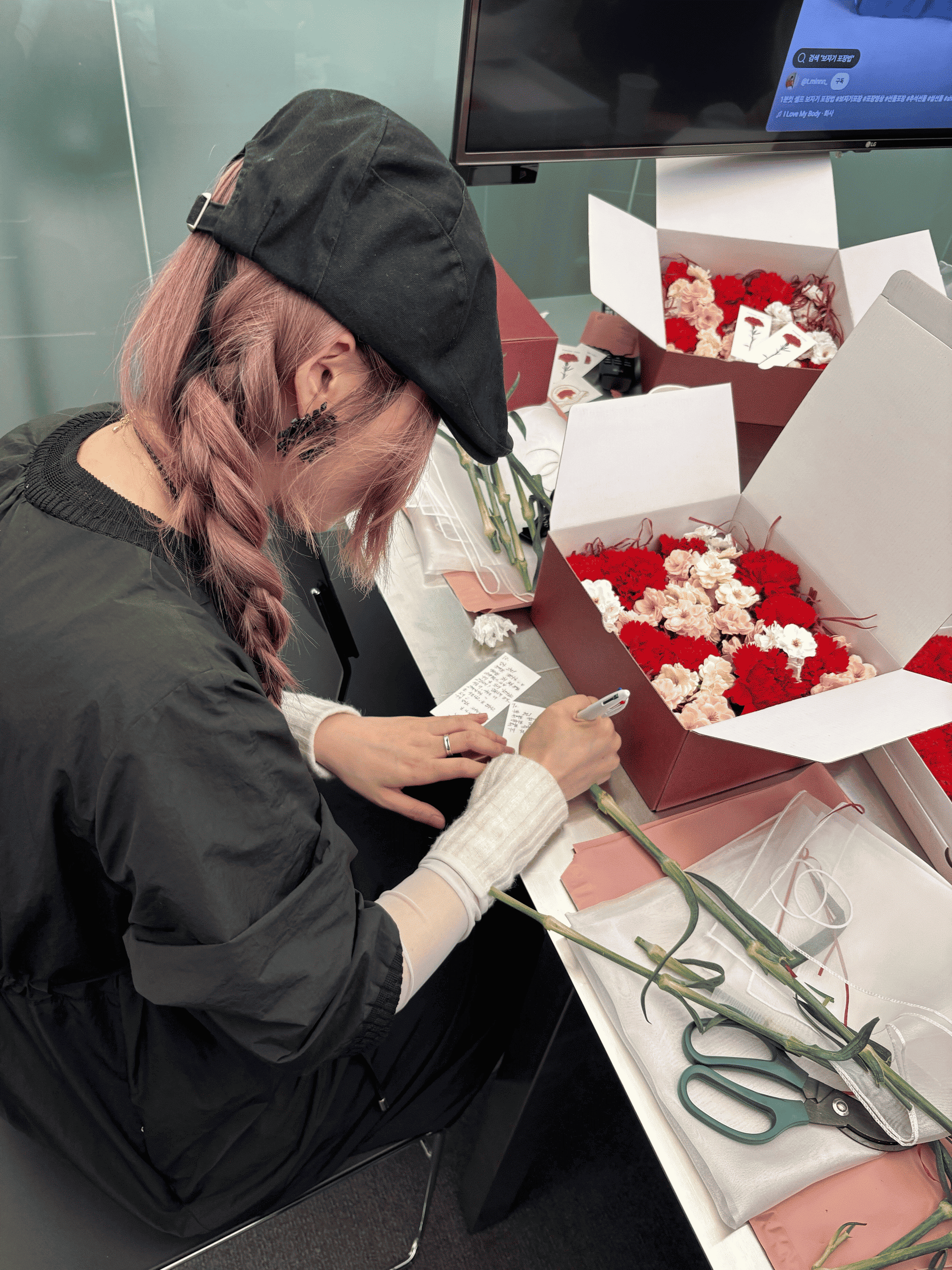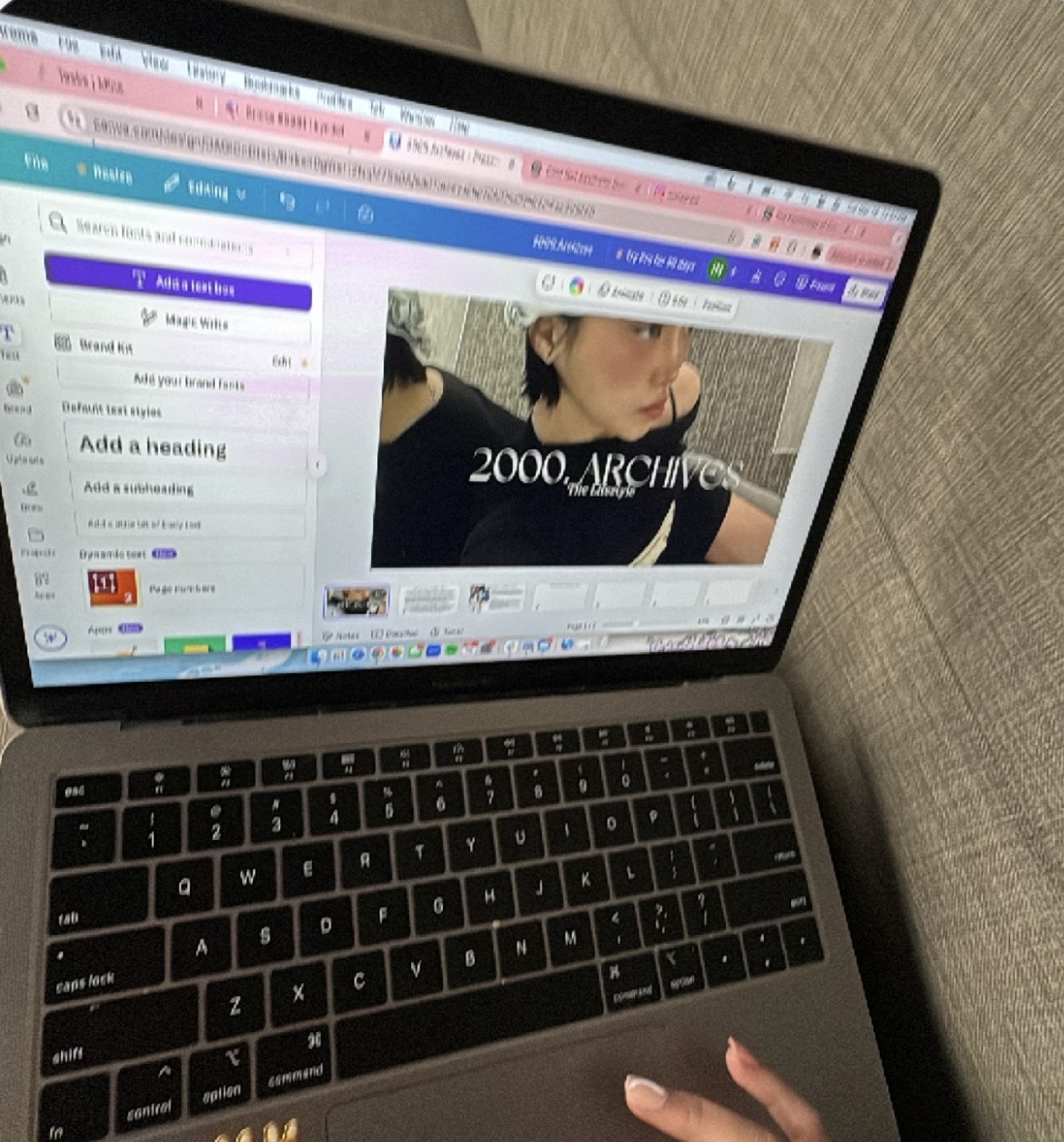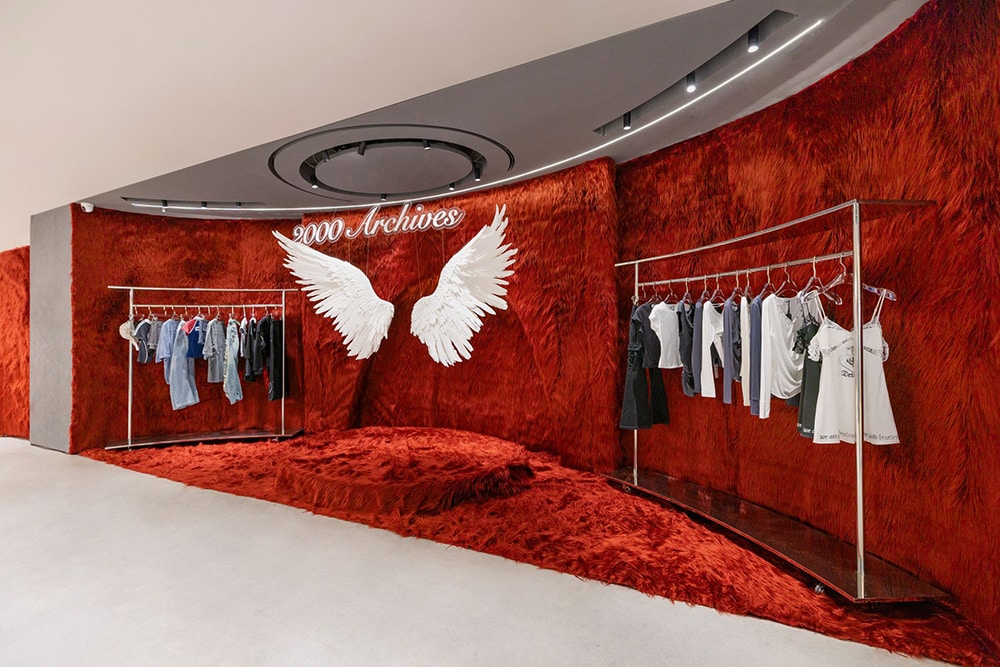When I joined Kyndof, there wasn’t really a Business Development pipeline. There was no system to start from—just me, a blank Notion page and ChatGPT. Heck, we didn’t even have a website for 2000Atelier yet, and the idea of signing Katy Perry in the first three months felt more like a punchline than a plan.
Finding What Worked (and What Didn’t)
I still remember our first subject line—“Your album … 😭”—which Natalie jokingly whipped up one afternoon. It racked up insane open rates, but replies? Zero. It forced us to rethink the email body and our proposal. When I shifted to personalizing every intro—making it all about the artist’s work rather than our pitch—I finally got responses a few hours later. To be honest, most days felt like trial and error: we tried one thing, measured it, and then tried something else until something stuck.

Putting It All to the Test
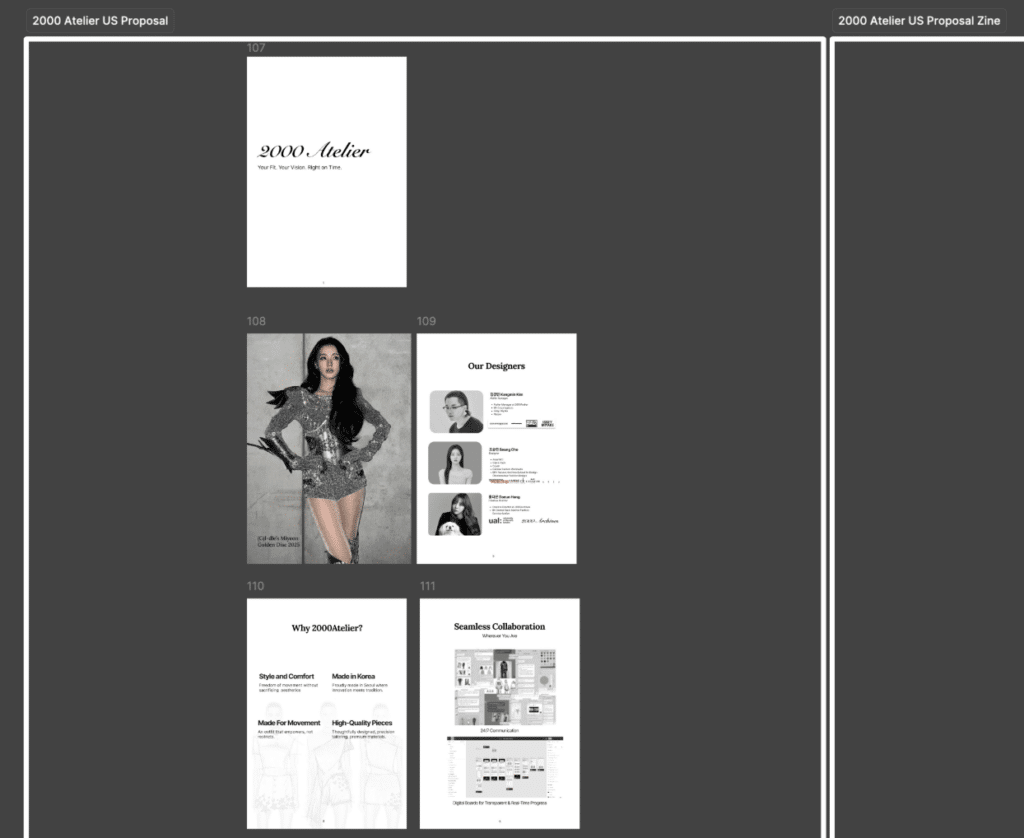
Those early conversations turned into two real meetings. The first was nerve‑wracking—my first real sales pitch—but it went better than I dared to hope, even landing us an invite to showcase in LA (just too short notice for us to make it happen). We didn’t sign on the dotted line yet, but that meeting proved three things: people are interested, our efforts aren’t in vain, and there’s interest for 2000Atelier as a one‑stop-shop for custom stagewear and merch. The second meeting was an equally valuable lesson in messaging: the artist loved our aesthetic but assumed “collaboration” meant free gear. So I learned to ditch vague wording and spell out exactly what we offer.
From Manual Mayhem to Automated Outreach
At first, I sent every email one by one. HubSpot logged opens and clicks, and I mirrored all that data in Notion, tagging leads as “sent,” “opened,” or “in contact.” But pretty soon, I was juggling ten conversations at once, hopping between platforms, and cobbling together Notion graphs for open‑and‑reply rates. It was clear: this manual mess wouldn’t scale.
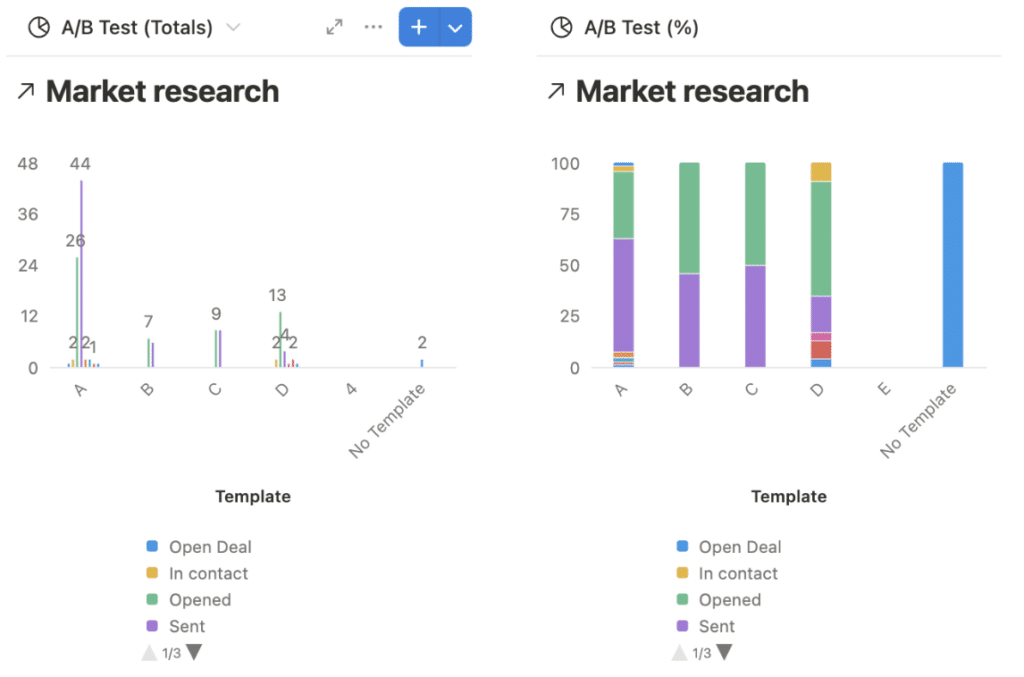
That’s when I tested a handful of tools and landed on Instantly.ai. Suddenly, follow‑ups happened automatically, every open and click plotted in neat graphs, and replies started rolling in. Turns out, most prospects need a nudge or two—once those automated follow‑ups kicked in, more prospects actually showed genuine interest.
Around the same time, I began using Apollo and Hunter to pull verified emails for managers and artists, cutting research time in half. With prospect discovery on autopilot and outreach humming, I realized we’d outgrown the solo hustle.
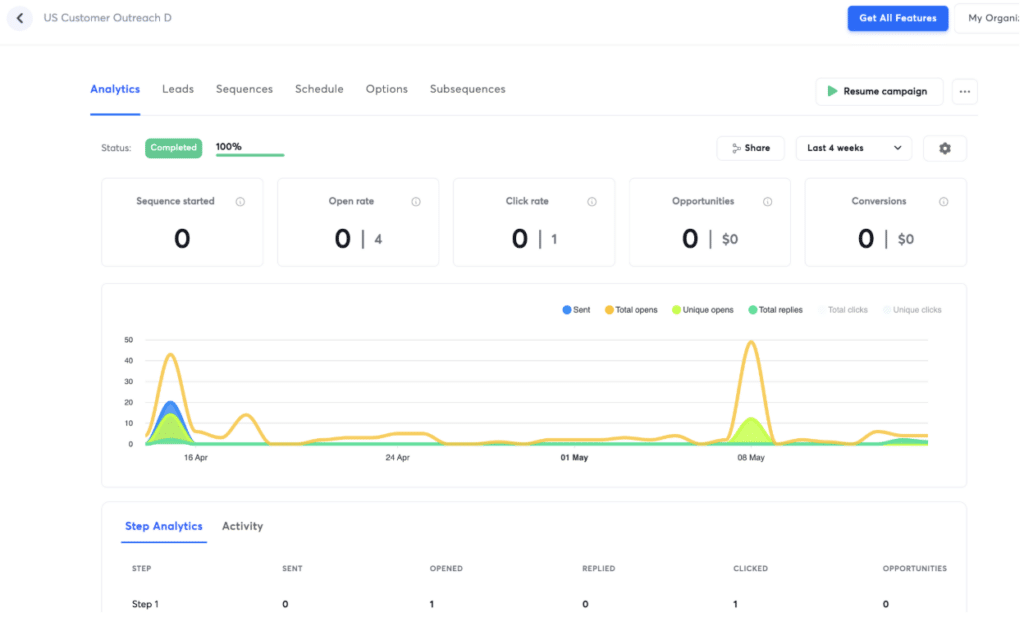
Leveling Up to a Team
I didn’t have a formal title at first—this was all under the “International Support Team” banner. But after seeing replies turn into real conversations and trying to juggle it all, I took a step back and remembered our goal: a scalable pipeline for new partnerships, revenue, and brand buzz. It was clear this needed its own team. That’s when two other interns came on board and we officially became the Business Development Team.
While one of them dove into prospect research and scheduling, the other started sharing our wins across social channels. Together, we started to expand our outreach beyond cold emails by tapping into LinkedIn InMail, targeted social mentions, and warm introductions from our network, reaching the decision-makers who mattered most. I checked in regularly with the design team, swapping in fresh visuals for our DocSend decks and tracking which slides people actually viewed. I kept Seonbin updated with quick summaries so nothing slipped through the cracks.
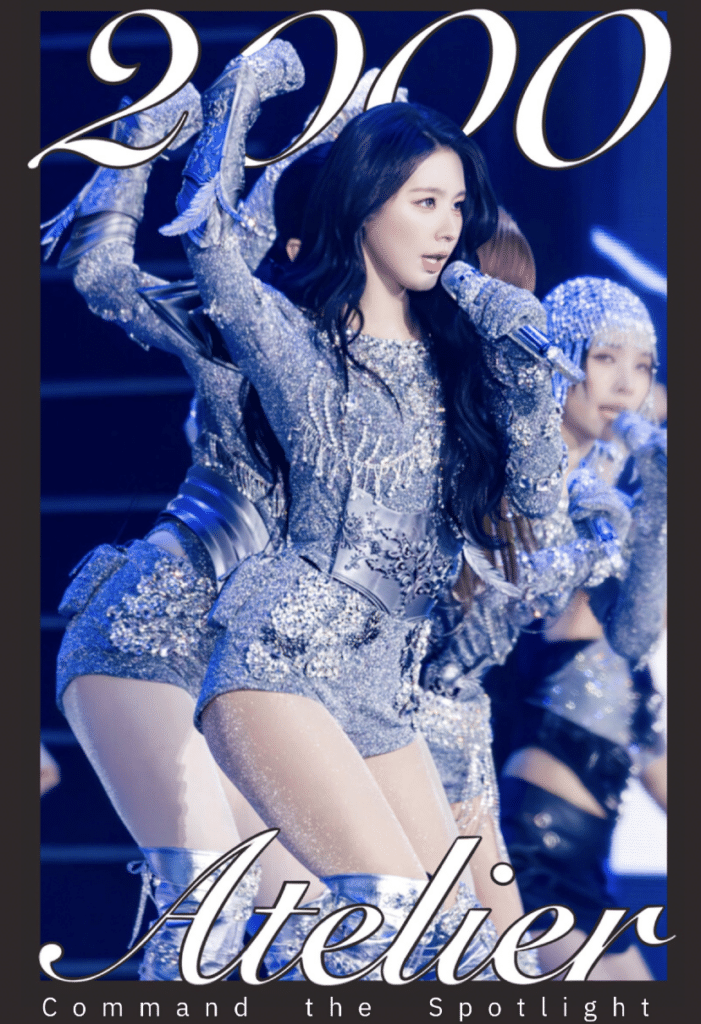
Looking Back (and Forward)
Looking back, it’s messy and far from perfect, but it’s real. We’ve gone from cold‑email experiments to dozens of meaningful conversations, secured introductory meetings with promising partners, and seen genuine interest in U.S. expansion for 2000Atelier. I’m proud of how our scrappy system—Notion hacks, manually scheduling emails, Apollo, Hunter, DocSend—and a handful of late‑night brainstorms grew into a lean, scalable pipeline.
A big thank you also to Natalie for riding shotgun on those first chaotic weeks, and to Hoonkyu for picking up the torch and pushing this overseas vision forward once I wrap up my internship. I can’t wait to see where you take it next.
